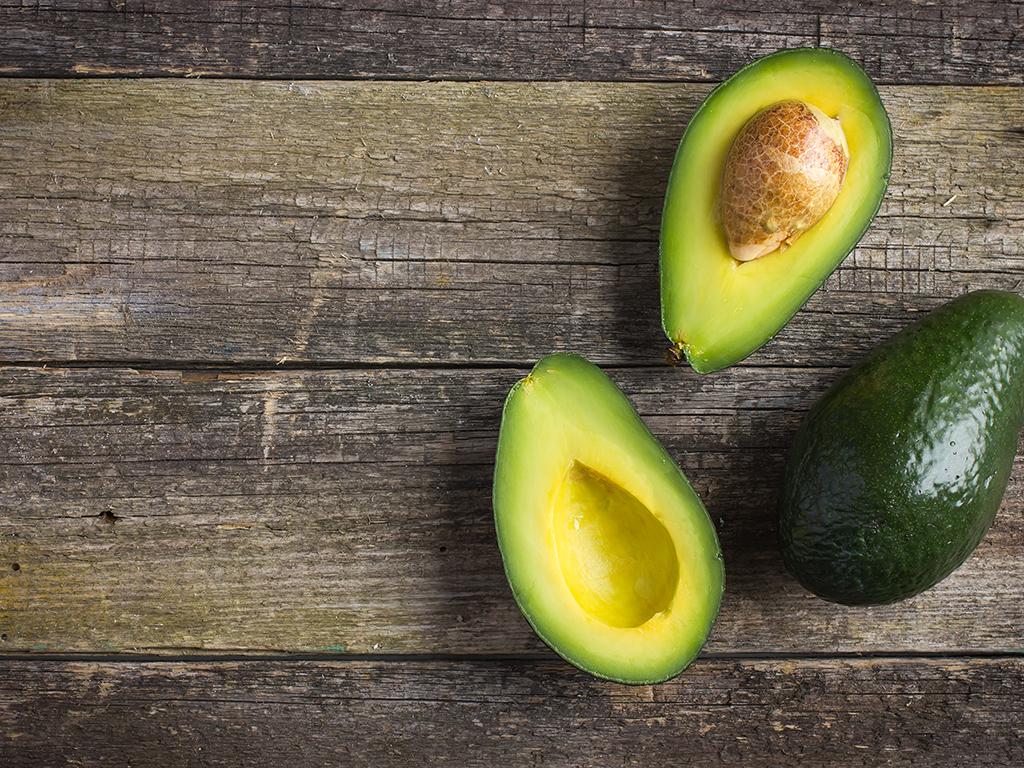
Why You Need to Eat Fat in Order to Lose Fat
Blame it on the fat-free and low-fat craze of the early 90s, but fat in food got a bad rap for a number of years—and some dieters are still afraid of it. Even though we trimmed fats from our diets, Americans still got fatter over the past few decades, likely because we increased our consumption of carbs and sugar. It’s time to invite fat back to the weight loss party if you haven’t already! Research, doctors, and consumers are finally wising up and realizing that eating “fat-free” doesn’t necessarily mean you’re losing fat from your body. A recent article in the Wall Street Journal noted this “fat is back” nutrition trend by mentioning the increasing number of full-fat dairy products (like cheese and yogurt) on supermarket shelves, and noting that sales of whole milk are rising again.
Why You Need Fat
Fat is an important nutrient to your overall health and well-being. It’s responsible for keeping your hair and skin healthy, helps your body absorb fat-soluble vitamins like A, D, E, and K, and fills your fat cells so your body can stay warm. Your body requires fats to help brain development, protect your organs, help blood clot, and control inflammation.
But before you grab a stack of pepperoni slices because it’s your favorite high-fat food, it’s important to understand that all fats aren’t equal, even though they all contain 9 calories per gram.
The “good fats” you want in your diet are monounsaturated and polyunsaturated fats, which include plant-based oils like olive oil, avocados, peanut butter, and most nuts and seeds. Monounsaturated fats can help reduce bad cholesterol levels (LDL) in your blood, which can lower your risk of heart disease and stroke.
“Saturated fats” in your diet should be limited, since they raise your LDL levels, which can put you at risk for heart attack, stroke, and other major health problems. Trans fatty acids are unhealthy fats that form when vegetable oil hardens in a process called hydrogenation. Often found in packaged foods, fast foods, or fatty dishes you might find on a restaurant menu, hydrogenated fats, or "trans fats," are often used to keep some foods fresh for a long time. It’s best to read food labels and avoid foods with trans fats.
Here’s why you need to eat some healthy fats in order to lose excess body fat:
- Fat helps you feel full! If you ever followed an extremely low-fat diet and never felt satisfied or suffered from mood swings, it’s likely because you were missing this essential nutrient. Fat helps your body release a hormone after you’re done eating that helps you feel more satiated. So if you’re going to have a high-carb food (like crackers) pair it with a high-fat food like peanut butter or almond butter to prevent a rapid spike in blood sugar. This combination will slow your digestion and the rate at which sugars from the high-carb food enter the bloodstream, according to an article on MyFitnessPal.com.
- It helps you better absorb nutrients. Drizzling olive oil or a full-fat natural salad dressing on your salad greens and colorful vegetables will actually help your body better absorb the vitamins in the veggies.
- Consuming fat may help you weigh less. Hear us out: A recent analysis compiled in the European Journal of Nutrition looked at people who regularly consumed full-fat dairy products and found they were more likely to have lower body weights, less weight gain, or a lower risk for obesity. While more research is still needed, nutrition and experts seem to be agreeing that fat-free versus low-fat dairy products are pretty comparable in terms of nutrition and should be part of a healthy diet.
“My whole life I’ve been eating low fat and I should have been eating high fat,” says LEVL’s weight loss expert, Liz Josefsberg. “Now, 65 to 85 percent of my daily calories are from high-fat foods and I’m not hungry, feel satisfied, and am losing weight.”
When your body increases the amount of fat it uses for energy relative to the amount of carbohydrates, your breath acetone concentrations ramp up. This increase happens over the course of three to seven days until you reach an elevated level of breath acetone.
The LEVL device, which is currently in development, will let you know when you are in an elevated fat-burning zone. If you find that the acetone concentration number dips, you’ll know right away that your body isn’t burning as much fat as possible. If your diet becomes high in calories or high in carbohydrates, your body will significantly decrease the amount of fat burned for energy and your acetone concentration will drop within one to two days. Tracking the acetone in your breath with this device can help nudge you to make changes to your diet and exercise program right away so your body reignites it’s fat-burning furnace.
SOURCES:
MedlinePlus. “Dietary Fats Explained.” http://www.nlm.nih.gov/medlineplus/ency/patientinstructions/000104.htm
American Heart Association. “Monounsaturated Fats.” http://www.heart.org/HEARTORG/GettingHealthy/NutritionCenter/HealthyEati...
Time.com. “Why Full-Fat Dairy May Be Healthier Than Low-Fat“ http://time.com/3734033/whole-milk-dairy-fat/
European Journal of Nutrition. “The relationship between high-fat dairy consumption and obesity, cardiovascular, and metabolic disease.”
http://link.springer.com/article/10.1007%2Fs00394-012-0418-1
WSJ.com “Fat is Back…the Rise of Creamy Yogurt.” http://www.wsj.com/articles/fat-is-back-the-rise-of-creamy-yogurt-143327...




